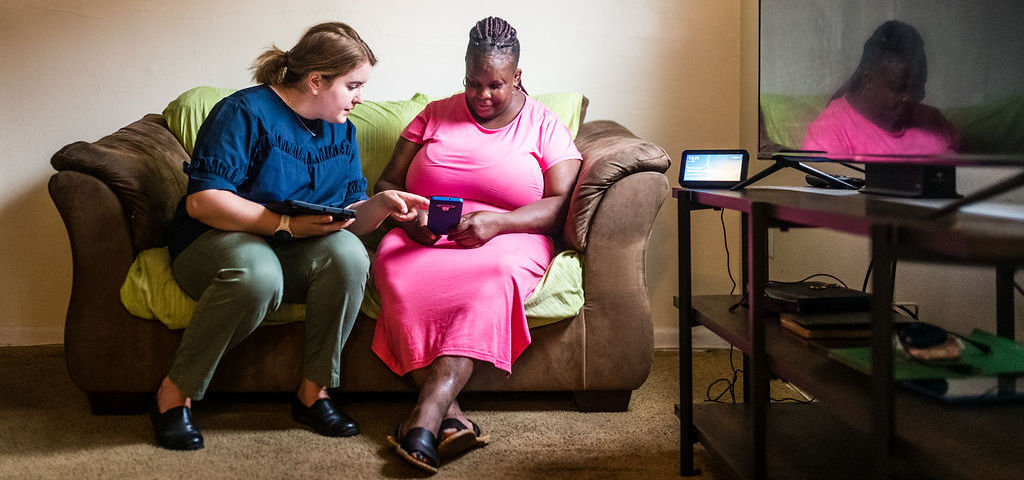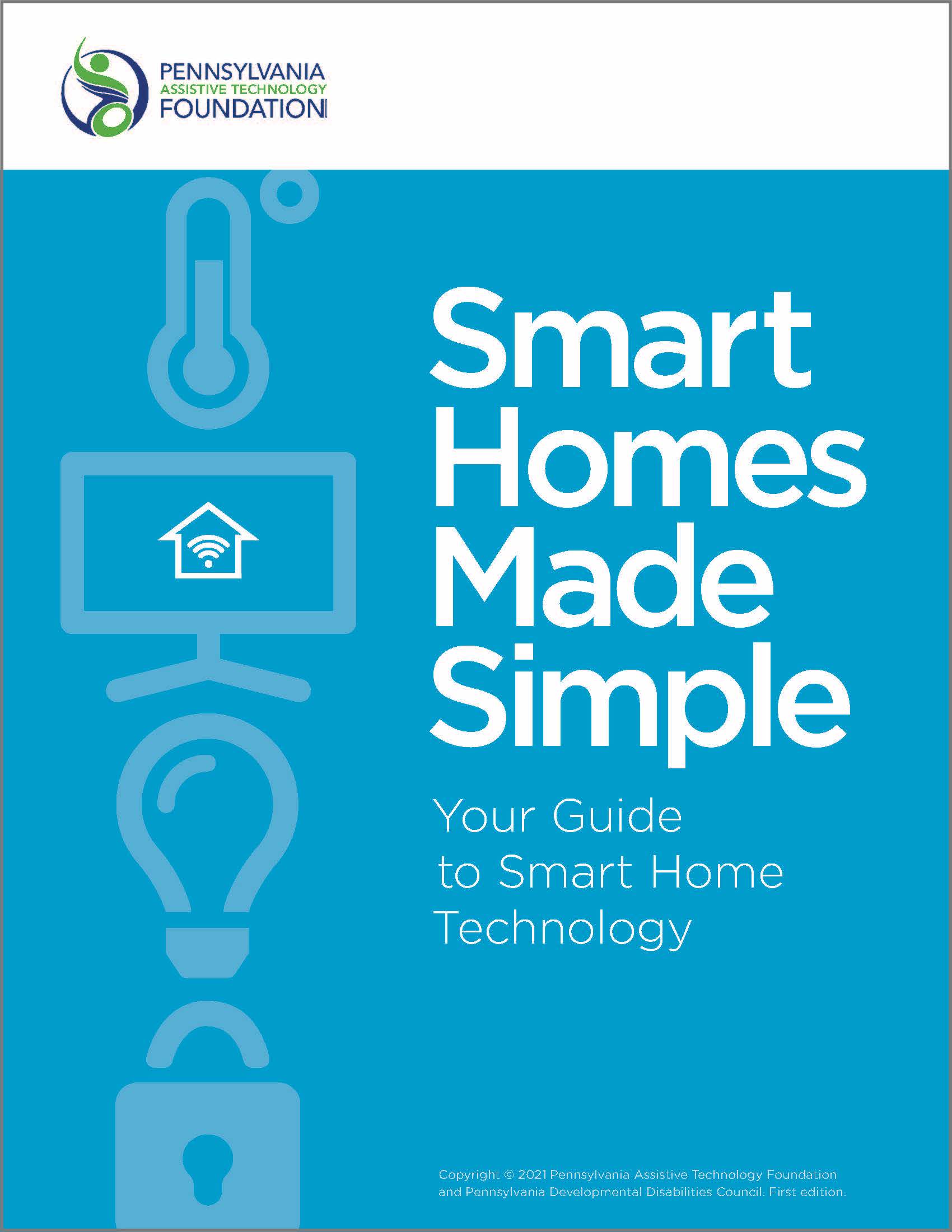A support team can help you:
- Think about your goals,
- Identify potential devices that may help,
- Set up your technology,
- Learn how to use it,
- Troubleshoot when things aren’t working,
- Adjust your system and settings, and
- Add new devices as needed.
Think about who is already in your life that can support you throughout the process of acquiring your smart home technology. Then consider what gaps may exist and how you can fill them where you might need more help.

Members to Consider for Your Support Team
The Most Critical Member, YOU!
When you actively participate in making decisions about the technology you plan to use, the process is more effective. The technology is more likely to promote your independence and help you do the things you want to do.
People Who Know You Best
People who know you well and are familiar with your day-to-day activities may be able to offer insight to help you determine your goals. They are also most likely to be the ones you’ll lean on for help with setup and maintenance of your technology.
People Who are Comfortable with Technology
Ask around to see who you already know who is knowledgeable about and comfortable with technology. These individuals may be able to help with identifying smart devices that can meet your needs. They may also be able to help with setting up or even fixing technology when something goes wrong.
People Who are Good Researchers and Problem-Solvers
Smart home technology is developing at a rapid pace and new devices are coming on the market all the time. It’s helpful if you or someone on your team is comfortable researching online, reading reviews, and thinking outside the box when something isn’t working. Team members can also include people who are good at building or creating things, and people who like to tinker with things. A person who looks at issues differently can provide a valuable perspective.

The Role of the Caregiver with Smart Home Technology
It is important to include your caregivers and support team in the assessment process. It is also important to include them in the training process with your new device.
Not everyone is comfortable with technology, and many direct care staff may be instructed not to meddle beyond powering technology off and back on again. The most important thing is that your caregiver does not fiddle with your technology unless you have asked them to. And if you learn that a caregiver is uncomfortable with the technology, you will need to find someone else to help you with yours.
A brief discussion with the people in your life will help you uncover any concerns or discomfort, and help you identify team members who regularly use technology.
Knowledge, Skills, and Comfort with Technology
For the greatest success setting up your smart home technology, here are some basic qualities and skills you or someone on your support team should have:
- Understand and be comfortable using your smartphone or tablet. This includes:
- Connecting to different wireless networks (such as Wi-Fi and Bluetooth).
- Creating and managing multiple secure passwords.
- Using Two-Factor Authentication.
- Accessing your email, text messages, and authentication apps like Microsoft Authenticator and Google Authenticator for two-factor authentication or to verify your email for a new device account.
- Adjusting settings on your mobile device, router, and in various apps.
- Accessing the app store.
- Using and managing cloud accounts.
- Switching between apps on your mobile device.
- Be able to physically complete tasks such as:
- Unboxing, placing, and plugging in devices.
- Switching between one app and another on your smartphone or tablet.
- Jumping between Wi-Fi and Bluetooth settings on your smartphone or tablet while you are activating a device.
- Seeing and handling small plugs and pins to reset devices, as well as performing other functions requiring finger dexterity or ability to see small print or objects.
- Have patience to figure out device instructions. This includes:
- Understanding the basic concepts of how these devices and setups work, and being able to follow instructions provided by the manufacturer.
- Understanding Wi-Fi, Bluetooth, Z-Wave, and ZigBee.
- Hanging in there and seeking help when needed. Sometimes manufacturer instructions aren’t easy to follow. If you get stuck, call or chat with customer support. You can also try Googling or searching YouTube for what you’re trying to do. Chances are other people have had the same question and someone has provided an answer.
- Willingness to call a professional to perform part or all of the installation, such as an electrician who can wire smart switches. Learn more about when to hire a professional.
Find a list of ideas for who to include on your support team in our guide.
Download the Guide

